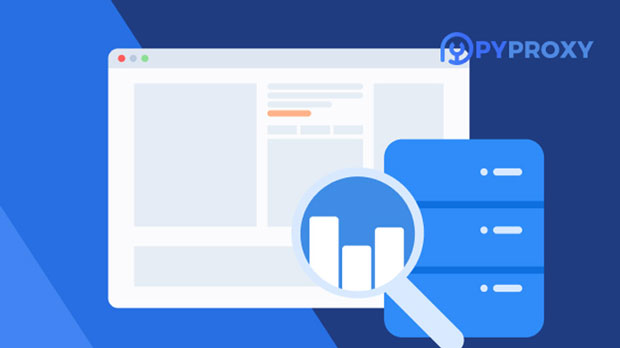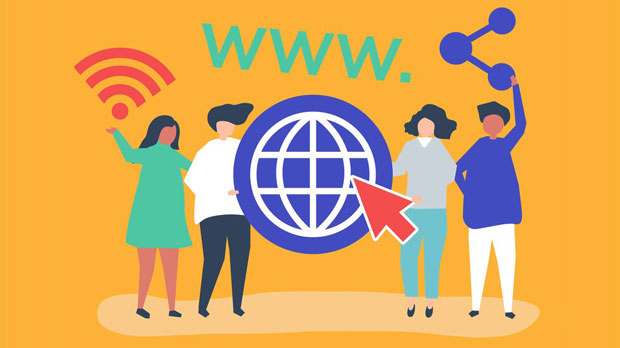In the world of proxy services, residential proxies stand out due to their ability to mimic real user behavior, making them ideal for web scraping, data mining, and secure browsing. Among these, Site Unblocker's VIP exclusive nodes offer a premium service tailored for users who need enhanced privacy, security, and unimpeded access to restricted content. Understanding the pricing structure of these VIP nodes is essential for businesses and individuals seeking to leverage advanced proxy features. This article delves into the factors influencing the pricing of Site Unblocker’s VIP residential proxies and provides a comprehensive analysis of their value proposition. What Are Residential Proxies and VIP Exclusive Nodes?Residential proxies are IP addresses provided by internet service providers to homeowners. These proxies are used to simulate browsing from different geographic locations, making them highly effective for tasks that require anonymity or the ability to bypass regional restrictions. Unlike datacenter proxies, which are often flagged by websites due to their nature, residential proxies are far less detectable and are more trusted by websites.VIP exclusive nodes refer to a premium offering within the residential proxy service. These nodes are typically reserved for high-demand users, such as businesses, digital marketers, and individuals who require a higher level of performance. VIP nodes come with guarantees such as faster speeds, increased stability, and often, access to exclusive IP ranges that are not shared with regular users.Factors Affecting the Pricing of Site Unblocker's VIP Residential ProxiesThe pricing of Site Unblocker’s VIP exclusive nodes is influenced by several key factors. Understanding these factors is essential for assessing the true value of these services.1. Availability and DemandThe supply and demand for residential proxies play a significant role in determining pricing. VIP exclusive nodes are a limited resource, meaning that there is typically a higher demand for these premium IPs. The exclusivity of these nodes ensures they are less likely to be flagged or banned, providing a better user experience. As such, users who require access to these premium services are often willing to pay a higher price for guaranteed performance and stability.2. Geographic Location of ProxiesAnother important factor that affects pricing is the geographic location of the residential proxies. Different locations come with different pricing structures. For instance, proxies from high-demand regions such as the United States, Canada, the United Kingdom, or Australia may command higher prices due to their increased value in bypassing geo-restrictions and enabling access to region-locked content. The closer the proxy ip is to major internet hubs, the more valuable and costly it becomes.3. Speed and StabilityVIP exclusive nodes are often preferred for their superior speed and stability. Residential proxies are typically slower than datacenter proxies, but VIP nodes are optimized to provide faster speeds while maintaining a high level of reliability. Since these proxies are not as widely shared, they are less likely to experience network congestion or latency issues, making them more desirable for time-sensitive operations like web scraping, data mining, and automated processes.4. Access to Specialized FeaturesSite Unblocker's VIP residential proxies often come with additional features not available to standard users. These might include access to dedicated support, customizable IP rotation policies, and greater control over the proxy's behavior. As a result, users who need specialized features will be willing to pay more for access to VIP nodes that offer these advanced capabilities.5. Usage Volume and DurationThe volume of data that needs to be processed through the proxy and the duration of the service also contribute to pricing. Site Unblocker may offer tiered pricing, where customers can choose between different packages based on the number of IPs they need, the amount of bandwidth they will consume, and the length of time they plan to use the proxies. Generally, longer-term commitments or higher usage volumes are rewarded with lower per-unit costs.Evaluating the Value Proposition of VIP Residential ProxiesWhen determining whether Site Unblocker’s VIP exclusive node pricing is worth the investment, several factors need to be considered. These include the specific needs of the user, the nature of the project, and the desired level of performance.1. Cost vs. BenefitFor businesses engaged in large-scale web scraping, data analysis, or e-commerce, the ability to bypass geo-restrictions and avoid detection is critical. In these cases, the additional cost of VIP residential proxies is justified by the increased efficiency, reduced risk of IP bans, and the reliability of having access to exclusive, high-performance nodes. The ability to operate at scale with minimal disruption often results in higher returns on investment.2. Security and AnonymitySecurity is another significant consideration. Site Unblocker’s VIP residential proxies offer enhanced anonymity, making them ideal for users who are concerned about privacy. With VIP nodes, users are less likely to experience IP bans or face detection methods that commonly target regular proxies. This heightened security and privacy protection can be invaluable for users involved in sensitive operations, such as competitive analysis or market research.3. Speed and EfficiencyFor those engaged in time-sensitive tasks, such as ad verification, price comparison, or product monitoring, the speed of the proxies is a key factor. VIP residential proxies provide faster speeds and lower latency, enabling users to complete their tasks more efficiently. The additional investment in these faster, more reliable proxies can save users significant time, which, in turn, translates to cost savings in long-term projects.Understanding Site Unblocker’s Pricing StructureThe exact pricing for Site Unblocker’s VIP residential proxies is not typically disclosed publicly and may vary depending on the specific requirements of the customer. However, it is safe to say that these services are premium offerings, and users can expect to pay a premium price for access to exclusive, high-performance residential IPs. Pricing can be influenced by the factors discussed above, including location, speed, stability, and usage volume.Conclusion: Is the Investment Worth It?Site Unblocker's VIP exclusive residential proxies provide a robust solution for users who require high-performance proxies with added features like security, speed, and reliability. While the pricing for these services may be higher than standard proxy offerings, the value they bring in terms of performance, stability, and security often makes them a worthwhile investment for businesses and individuals who need to ensure smooth, uninterrupted proxy access. By carefully evaluating the factors that influence pricing, users can make an informed decision about whether Site Unblocker’s VIP residential proxies align with their needs and budget.
Jul 23, 2025



































































